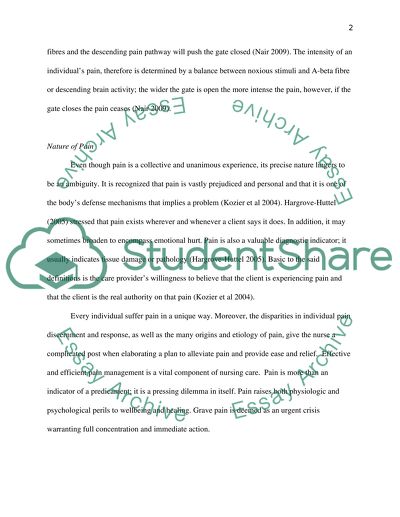Cite this document
(“Coping With Pain: A Daunting Endeavor Post-Operatively Essay”, n.d.)
Retrieved de https://studentshare.org/nursing/1391486-coping-with-pain-a-daunting-endeavor-post-operatively
Retrieved de https://studentshare.org/nursing/1391486-coping-with-pain-a-daunting-endeavor-post-operatively
(Coping With Pain: A Daunting Endeavor Post-Operatively Essay)
https://studentshare.org/nursing/1391486-coping-with-pain-a-daunting-endeavor-post-operatively.
https://studentshare.org/nursing/1391486-coping-with-pain-a-daunting-endeavor-post-operatively.
“Coping With Pain: A Daunting Endeavor Post-Operatively Essay”, n.d. https://studentshare.org/nursing/1391486-coping-with-pain-a-daunting-endeavor-post-operatively.


